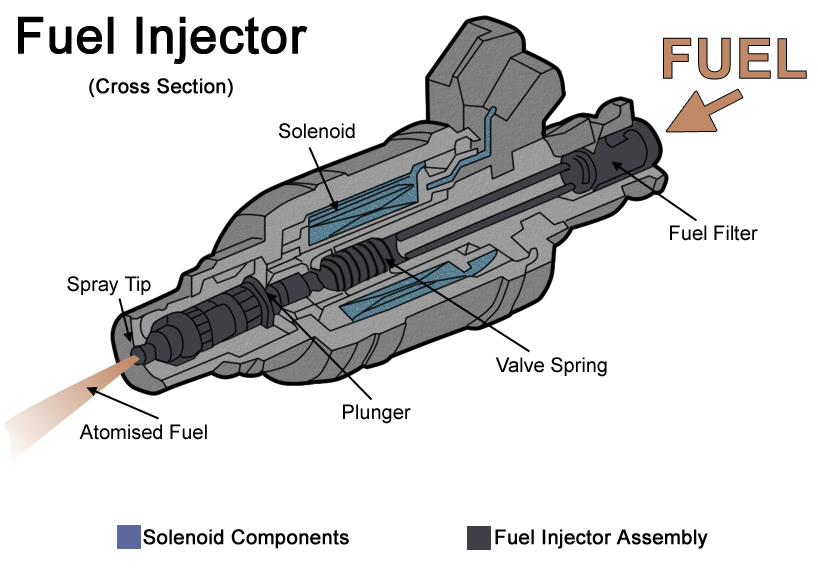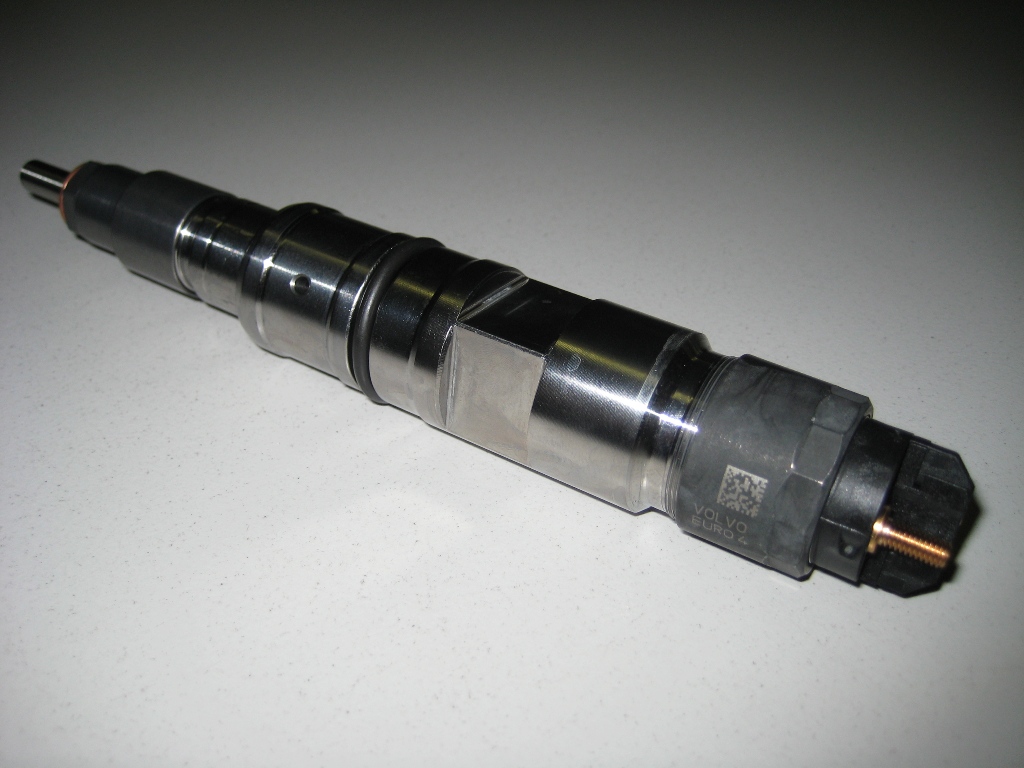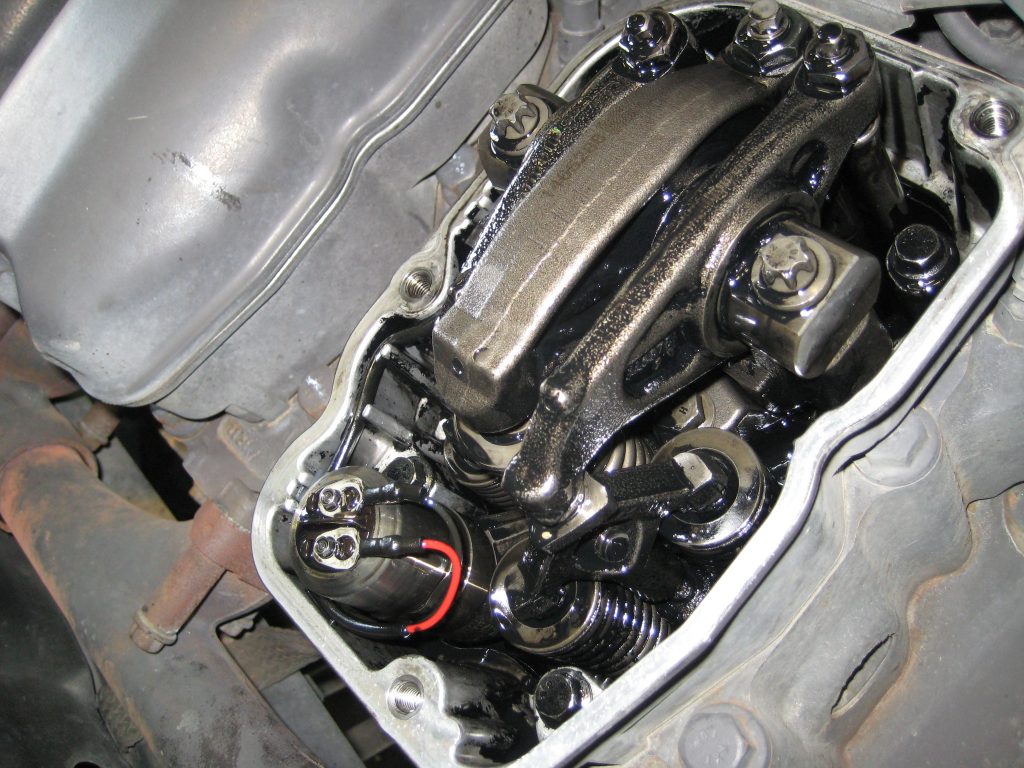Contents
– Slamming injector: how it works
– Slamming injector: causes and consequences
– Slamming injector: Remedies
– Slamming injector: maintenance costs
The engine noise analysis is essential: it can avoid aggravating a malfunction, which can go as far as engine failure. One of these worrying noises is the slamming injector: this post will help you identify it and prevent the risks.
Slamming injector: how it works

The type of injector concerned is mainly the diesel engine injector.
Function
The injector is the last link in the engine’s fuel supply chain.
Modern diesel engines are high-pressure direct injection engines. The fuel from the tank is compressed to high pressure (200 to 2000 bar depending on the requirements) by the high-pressure pump and then fed into a common rail and sprayed into the combustion chamber by the injectors.
The electronic engine management system defines the injection time and pressure value according to various parameters analyzed by sensors (engine temperature, rotation speed, accelerator pedal position, supply pressure, etc.).
Implementation
After calculating the necessary injection time, the engine ECU electrically controls the opening of the injector.
This opening time is of the order of a few milliseconds (ms) and the injector nozzle orifice, as well as the internal operating clearances between it and the injector needle, are very precise and delicate, on the scale of a micron (µ), i.e. a thousandth of an mm.
The needle and the nozzle are lubricated exclusively with diesel fuel.
Slamming injector: causes and consequences

The origin of injector slamming
The operation of the injector, as described above, is so complex that the slightest particle entering the injector risks jamming it or damaging its injection jet and the injector slams.
The sound of the injector slamming is not mechanical but an injection sound. It means that the injector jet is of poor quality and deviated and that it no longer respects the following functions
– vaporization: the pressure and the lifting of the needle must transform the liquid fuel into gas, which is more easily inflammable;
– the homogeneity: the mixture between air and vaporized diesel must be perfect for promoting combustion;
– the dosage: the ratio of the quantity of fuel to the air must be ideal, always to promote combustion.
When these conditions are no longer met, the denatured or deviated jet no longer allows for progressive combustion in due time. Instead, this combustion is transformed into an instantaneous explosion, thus creating the famous slamming.
The consequences of a slamming injector
They can be serious for the operation of the engine and lead to
– the destruction of the catalytic converter caused by the unburned fuel in the exhaust line;
– an impossible start or a loss of power caused by the detection of the defect by the on-board electronics;
– breakage or perforation of the piston, the injector jet being unsuitable;
– the degradation or the breakage of the engine.
Slamming injector: remedies
Remedies can be preventive or curative.
To prevent the risk of a slamming injector, here are some tips:
– use a good quality diesel fuel;
– avoid driving with an empty tank (risk of absorbing impurities and water);
– change the fuel filter regularly.
In case of suspicious engine slamming, have the noise identified by a professional and add a fuel system cleaner. If the noise persists, replace the injectors.
Good to know: some workshops nowadays recondition HDI injectors.
Slamming injector: cost of maintenance
Depending on the degree of degradation of the injector, here is an overview of the range of possible prices for a repair carried out by professionals:
|
Intervention |
Parts cost |
Labour cost |
Comments |
|---|---|---|---|
|
Addition of additive |
$40 |
none |
More or less efficient and often not recommended by the manufacturers |
|
Replacement of injectors (by 4) |
$1 200 |
$150 |
New injectors |
|
Refurbishment of injectors (per 4) |
$600 |
$150 |
Reconditioned injectors (rates vary depending on condition) |




